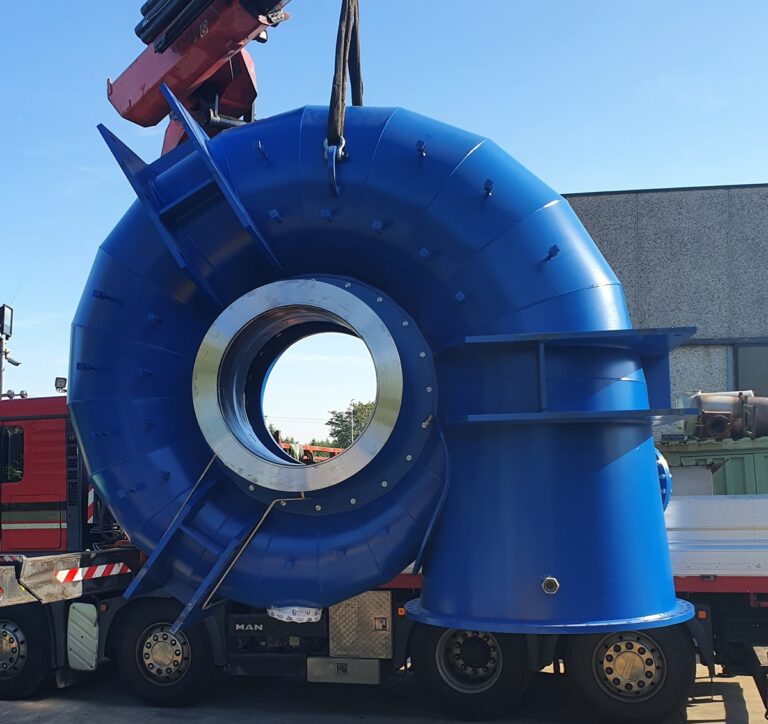The relative environmental effects of planes and cars is one such topic that has recently come to the fore. Learning about the environmental impact of various modes of transportation is becoming more than simply an academic curiosity; it is an essential step for both citizens and lawmakers to make well-informed decisions.
Evaluating the ecological footprint of different transportation options is of paramount importance in this age when environmental issues dominate international discourse.
This article aims to delve into the comparison between planes and cars, shedding light on which mode of travel contributes more significantly to pollution.
Table of Contents
Air travel emissions
Air travel is a major factor in the expansion of global connectedness, but it also has significant effects on the environment. The most important thing to worry about is the release of carbon dioxide (CO2), a gas that is known to contribute to global warming. Engines aboard aeroplanes use a lot of aviation fuel when in the air, which releases a lot of carbon dioxide into the air because they use fossil fuels.
Aircraft release a variety of pollutants, including carbon dioxide (CO2), particulate matter, and nitrogen oxides (NOx). Particulate matter has an impact on air quality and human respiratory health, whereas nitrogen oxides (NOx) add to air pollution and cause health problems.
Even though they make up a lesser percentage than CO2, these pollutants make air travel much worse for the environment, particularly in heavily populated regions near airports. Extended periods of continuous fuel combustion increase emissions, exacerbating the environmental effect of long-haul flights.
Car emissions
The ever-present automobile is a major cause of both air pollution and the release of greenhouse gases into the atmosphere. The use of fossil fuels, especially diesel and petrol, to power traditional automobiles’ internal combustion engines is at the heart of the problem.
Carbon dioxide (CO2) is the most common form of carbon emissions from vehicles and is a key role in the story of climate change. Factors including fuel efficiency, driving habits, and vehicle type determine the quantity of CO₂ emitted. There are factors like energy generation and refining that offset the fact that conventional gasoline-powered automobiles produce more CO₂ than diesel vehicles.
A marked movement towards more environmentally friendly options has arisen in the last several years. Hybrid automobiles, which use a mix of electric power and traditional petrol, and electric vehicles (EVs) are two ways that people are trying to lessen the negative effects of transportation on the environment. These cars have no emissions from their tailpipes, which is great news for the fight against air pollution and the overall impact of transportation on the environment.
Factors influencing comparison between cars and planes
In terms of their impact on the environment, the comparison between automobiles and planes is a complex one that is impacted by a wide range of factors. They include:
1. Passenger capacity and efficiency
Planes typically have more passengers per seat than individual automobiles do because of their built for long-distance mass transit. The per-passenger emissions may be more than compensated for by the efficiency of transporting several people at once compared to driving an individual vehicle. Nevertheless, variables like trip distance and occupancy rates determine this efficiency.
2. Technological advancements
Aviation and the automotive industries both introduce new technologies all the time that try to lower emissions. More efficient use of fuel, investigation of alternative fuels, and the creation of aerodynamic designs are the primary goals of the aircraft industry.
Electric and hybrid vehicle developments in the car industry help reduce the environmental impact of individual vehicles. Both forms of transportation are greatly affected by the rate and efficacy of these technological advancements in terms of their impact on the environment.
3. Variability in emissions
Major factors influencing emissions include the efficiency of the vehicle and the fuel type used. A wide range of planest and fuel types can have widely differing effects on the environment in the aviation industry.
Similarly, a range of emission profiles is being introduced into the automobile sector as a result of the transition from conventional petrol and diesel engines to electric and hybrid alternatives. Fully comprehending this diversity is crucial for making an accurate and thorough comparison.
4. Short vs. long-distance travel
One factor that can affect transportation’s effect on the environment is the distance travelled. As an example, takeoff and landing contribute to shorter flights’ disproportionately greater emissions per distance. Shorter travels in a car, on the other hand, might be more fuel-efficient—especially when you factor in the emissions caused by airport security and logistics.
A sustainable future for global mobility
Innovations in technology, different kinds of fuel, and travel patterns all play a role in the environmental impact that automobiles and aeroplanes have. Both the aviation and transportation industries are undergoing significant transformations as a result of technological breakthroughs and environmentally responsible business practices.
When it comes to tackling the environmental impact of transportation, it is essential to take a comprehensive strategy that takes into consideration a variety of aspects, including efficiency, technological innovation, and customer preferences. As we move forward, it is absolutely necessary for individuals, industries, and policymakers to work together in order to establish a future that is sustainable for global communication and transportation.
Read also: Aviation pollution: how are planes becoming greener












